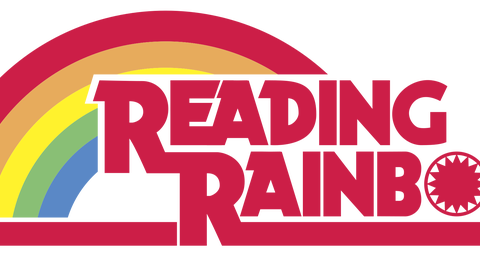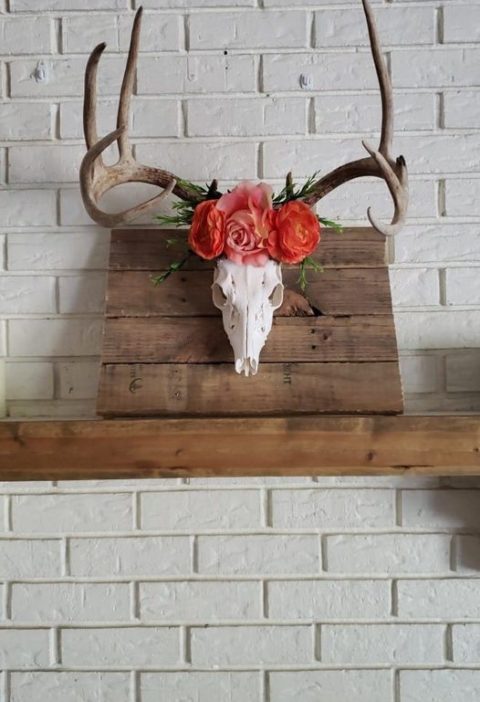This is a term that gets thrown around a lot these days but what does it really mean and how do you know that what you’re getting is what you’re told and not just a way to make a buck.
Farm-To-Table is huge for me. Both my Papa and my Uncle Bill had large gardens. My Papa’s was in our side yard. Uncle Bill’s was across the street where he owned a garage for his boat and had a little plot for his garden. If Papa’s garden didn’t have it I’d be told to go over to Uncle Bill’s to get it. He had fruit galore along with vegetables where Papa only had vegetables. After Papa died when I was 8, his garden went away and Uncle Bill’s was where I went. It was there into my adult years.
Though I left California in 1999 and have lived in 8 different states as of this writing, I am still all about farmer’s markets for my produce and, when possible, buying my meat directly from a butcher so I can know more about where my meat came from as well.
There are way too many chemicals going into our food and it’s causing health issues, a quickening of growth and much more. There were boys at my two younger children’s high school that had full blown Grizzly Adam’s beards by their sophomore year. That didn’t happen when I was in high school.
Farm-To-Table means getting to know your local growers, finding out how they’re growing their produce and what pesticides, if any, are being used. It means getting to know your ranchers and how they’re raising the meat you’re eating, what growth hormones, what antibiotics, what everything is going into that meat that you’re going to be putting into your body, this includes how it’s slaughtered and processed.
Farm -To-Table in the restaurant industry means that the restaurant that advertises it’s Farm-To-Table has personally met with the growers and the ranchers. They have cut out the middleman and they are buying directly from that farm or ranch. It means they’ve done their homework, they’ve been to the farm itself and checked that rainwater from a nearby factory isn’t running into the fields, it means they know the water is being tested, it means they trust the farmer’s integrity.
With meat this can be a little more difficult. ALL MEAT in the U.S. must go through either federal inspection by the USDA or local state inspection. There aren’t enough plants that work with small livestock ranchers to meet the demand for their style of meat such as grass-fed and locally raised. So even though the meat may come from a small nearby ranch, the meat could travel very far to be processed. To truly know what’s happening, a restaurant owner and/or chef must travel to that facility to see if it meets their quality criteria. Most restaurants will never go through that.
A local Farm-To-Table restaurant where I live has a board inside that lists every single farm, ranch and dairy that they deal with. You know exactly where everything came from.
If a restaurant serves fish, it can be slightly more difficult. The only fish that’s inspected in the U.S. is catfish. This makes it easy right, you can cut out the middleman and buy directly from the fisher who caught it. This way you know it isn’t farmed fish or fish caught in poorly regulated waters. The thing now is that you have to adapt to the catch of the day and to any quotas placed. It is up to the fisher to keep you up to date on which fish are in season and what those quotas are. For instance here in South Carolina, if you want Cobia, that’s not going to happen for a restaurant, you’re only allowed 1 fish per day, 3 fish per boat and Wahoo is only 2 per person per day.
You see the trend her, you have to have really good communication going on which everyone it is you’ll be working with to get what you need.
This communication also works for people buying for themselves. Get to know the people at your farmer’s markets, strike up conversations with them about how they do things, show that you’re truly interested in their operation. If you’re someone who buys a lot of the same things each season, getting to know them could be a benefit. You may get to know that they’re going to harvest a batch of your favorite vegetable right before season’s end and you want to be able to buy a large amount of it to can to last until next year, if you’ve built a relationship they may let you offer a deal on that harvest to you.
If you’re someone who knows how to use offal then you might be able to strike up a deal with a ranch to buy those parts of the animals.
For a chef this can also mean that by building those tight knit relationships that a farmer might ask what the restaurant needs and cater their crops to that restaurant, planning a year in advance looking at weather and what will grow best. The chef and the farmer can work together.
One of the biggest things this means for restaurant chef or even home cook and is what’s being served is decided by the world around you. It’s not just seasonal, it could be day-to-day. Bad weather could prevent a fisher from fishing, an illness could prevent a crop from coming in the day it was expected, a trip to a farmer’s market could catch your eye and you decide you absolutely have to have it and use it.
Some restaurants own the farm and that puts a whole new twist of difficulty on things. When I lived in Colorado Springs, there was a brewery that had its own garden. We all know Colorado is a snow state so often times they couldn’t plant for obvious reasons but when they could there’s the time consumption of not only keeping up the garden but also maintaining the restaurant.
Farm-To-Table for a restaurant can be a very time consuming process because you’re not going to tell a rancher you only want the strip steak part of the cow or the bacon part of the hog. You’re going to buy the complete animal so then you have to store the various parts properly in the fridge marked well. You’re going to get the whole fish from the fisher so you have to know how to debone it and scale it.
This is all completely different than called a distributor a day or two in advance and ordering only what you need. Farm-To-Table costs a bit more to do and you have to be creative with what you get. It can also mean very happy customers for a restaurant because more and more people are about environmental sustainability, locally sourced, and unprocessed.
For the home chef it means you know exactly what you’re feeding your family, where it came from, how it was processed.
For everyone it means amazing relationships and outstanding food.

